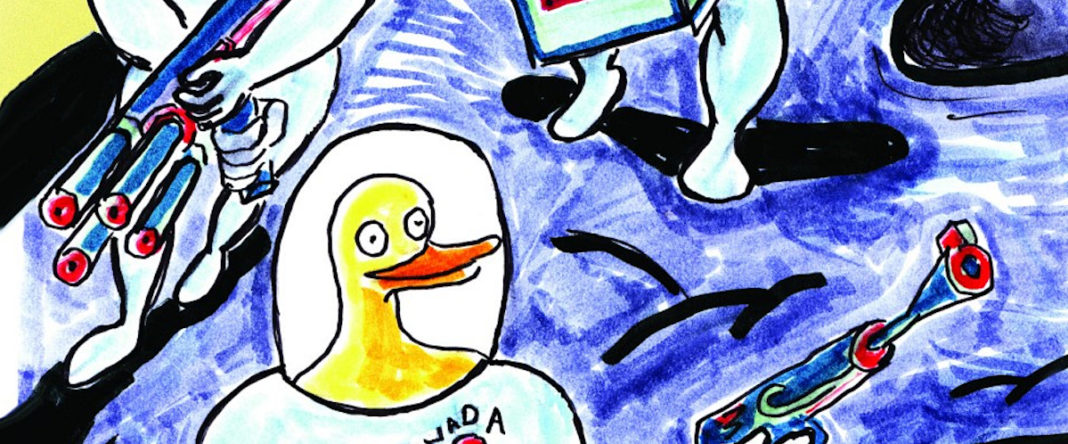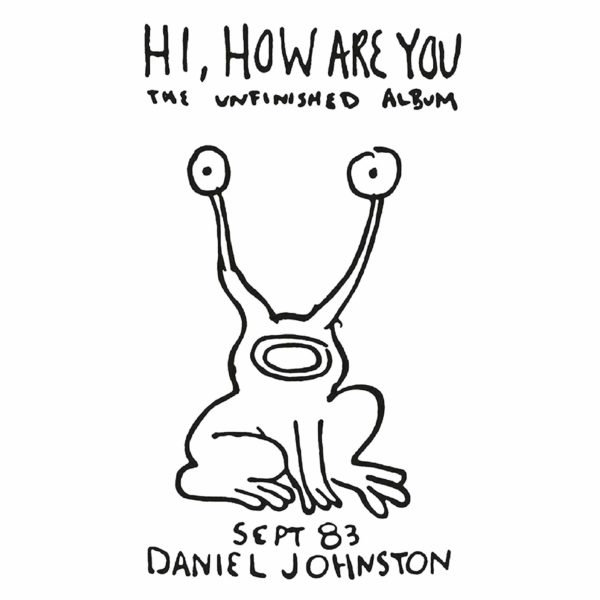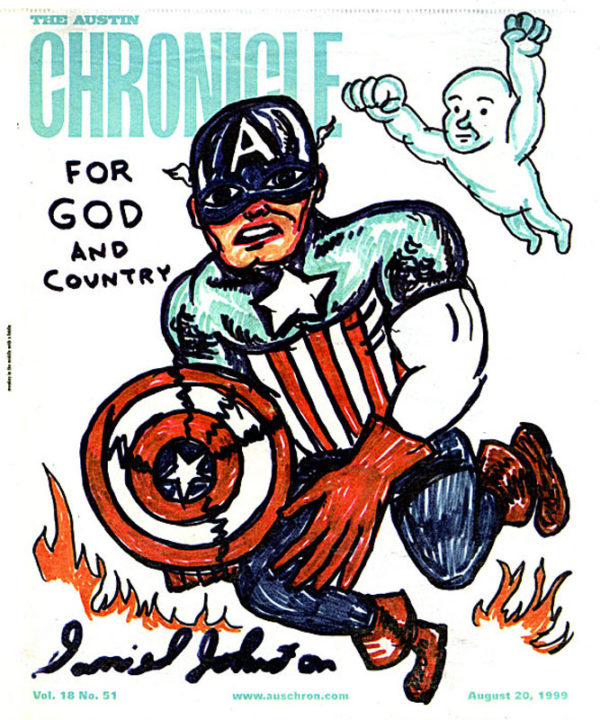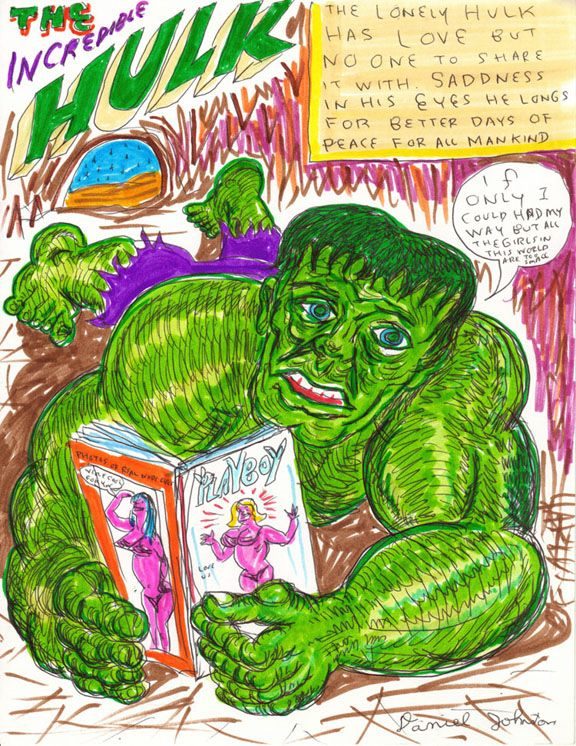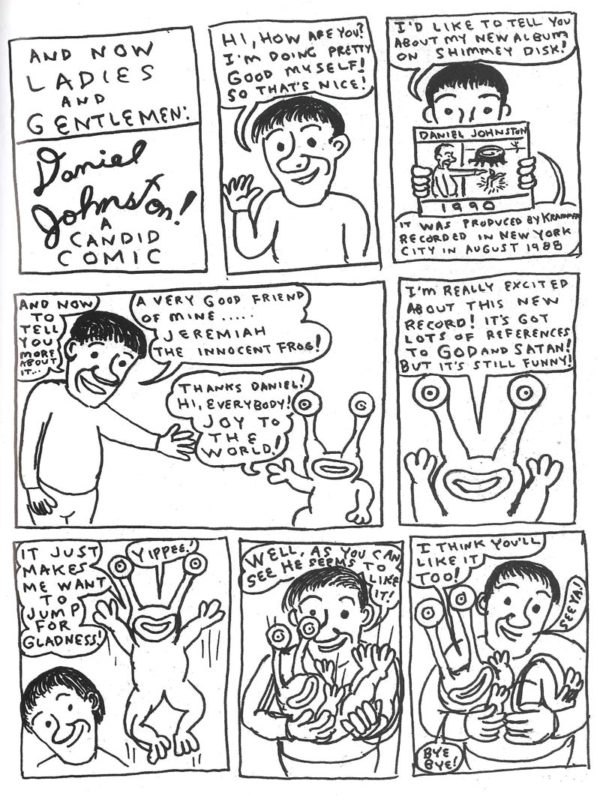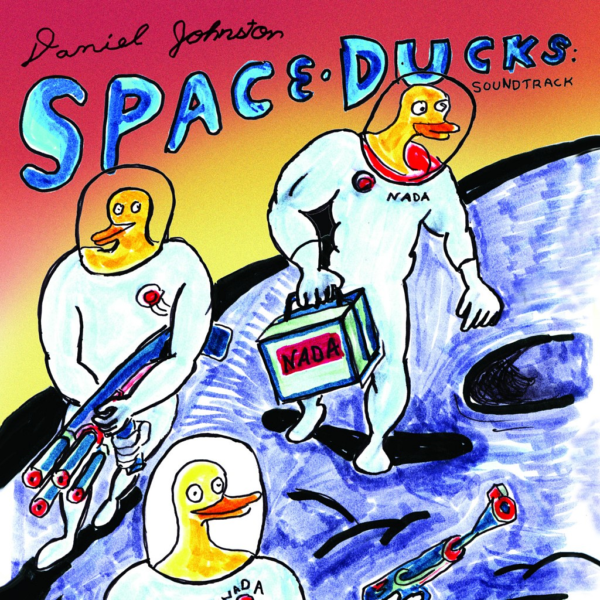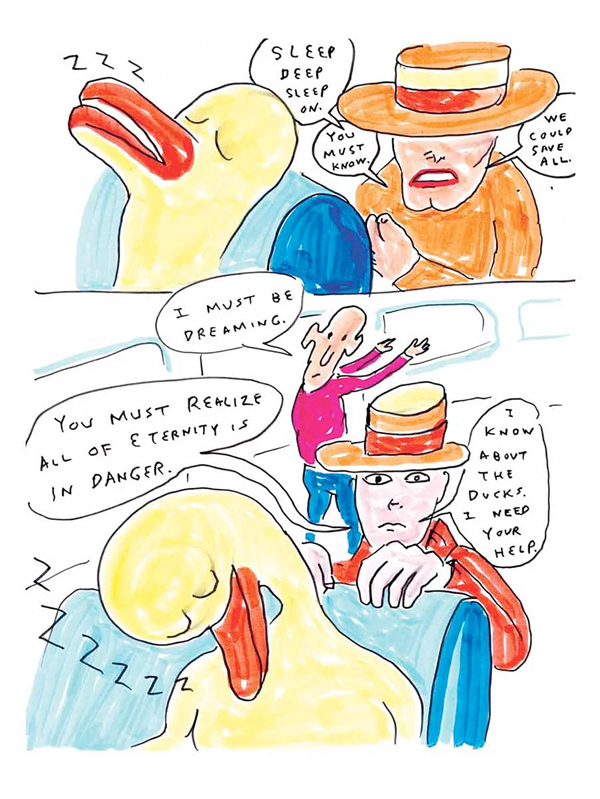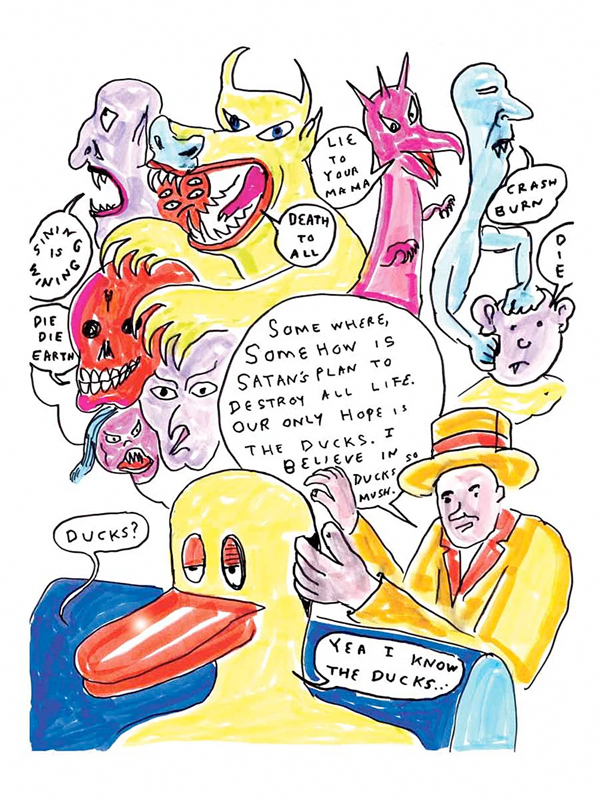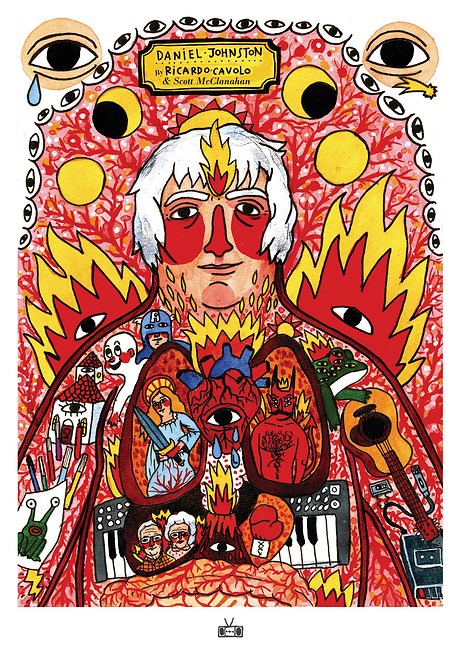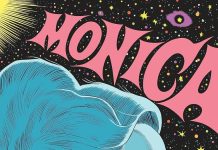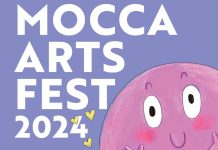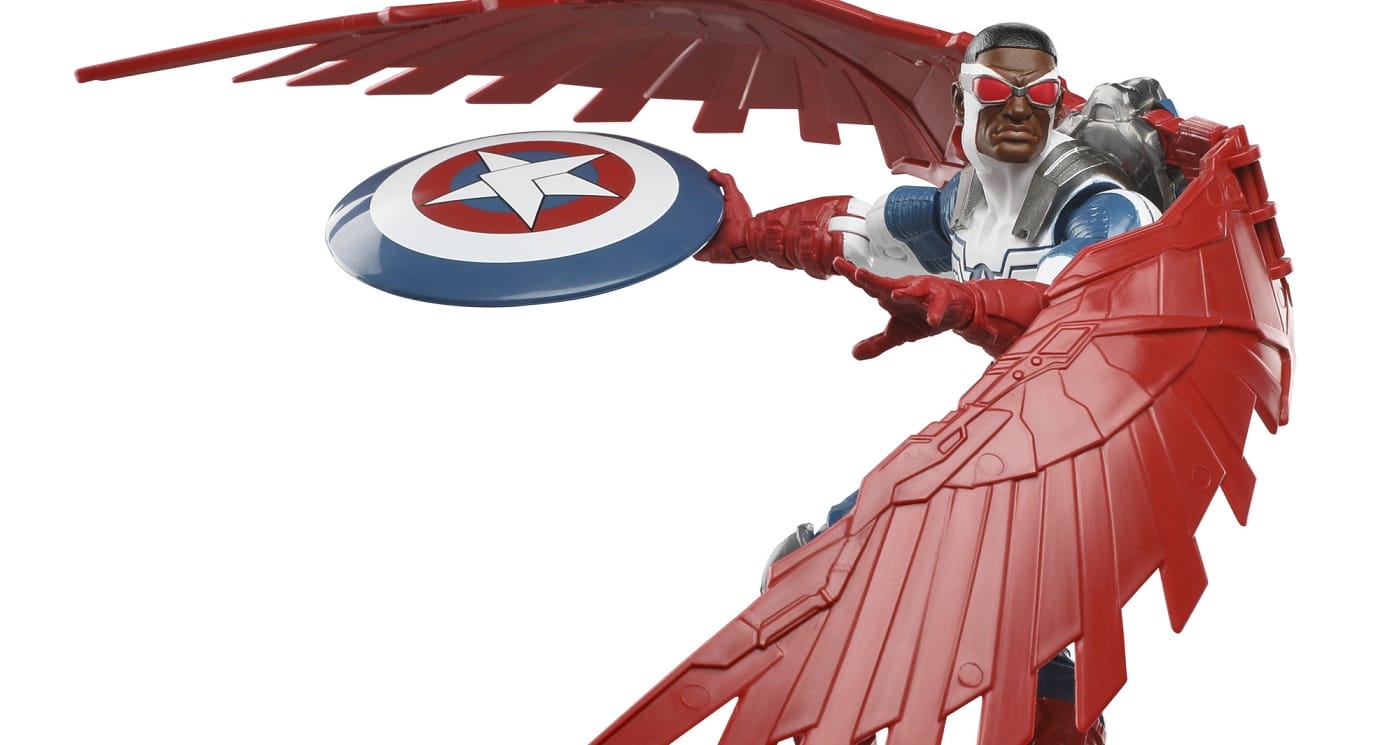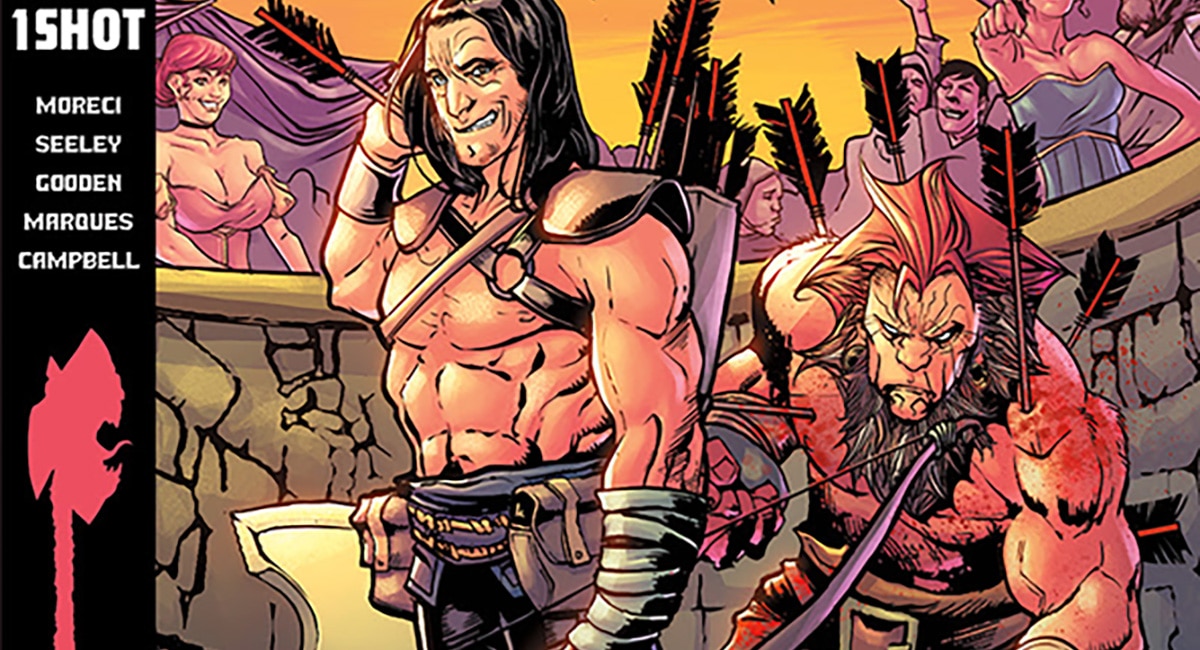When Texas-based musician Daniel Johnston died last week on September 11, there was an outpouring of grief from his friends and fans that reflected the intense depth that Johnston reached in his work. Having a heart attack at age 58 was not a surprise to anyone who had been following Johnston, given his health struggles over the years, but factors like diabetes or hydrocephalus were not what stuck in most people’s minds when it came to his personal challenges. Aside from his music, what was foremost in the widely-told legend of Daniel Johnston was his mental illness.
Johnston’s life was one of constant battles with schizophrenia and bipolar disorder, but somehow despite these challenges, he was able to express himself through music in such a way that it mesmerized anyone who listened to his early, lo-fi cassette releases and sometimes awkward renditions of the songs he wrote. But just as his physical problems weren’t as much part of the legend, so too an important aspect of his musical presentation took a back seat in his legend — his drawing and his connection to comics.
Johnston adorned his cassettes with his drawings, which were inspired by comics. Johnston was an enormous comics fan and as a kid, created many of his own. That practice spilled into adulthood with his cassette covers and he meticulously drew in notebooks and sketchbooks, where comic book imagery, most particularly Captain America, featured heavily, as well as bizarre creatures of his imagination, sometimes whimsical, other times menacing.
Johnston also had an obsession with Casper the Friendly Ghost. He read the comics when he was a kid, and Casper was the subject of some of his songs. Casper was also the focus of a troubling incident when he was flying in a private plane with his father. Convinced he was Casper, Johnston seized control of the plane from his dad and sent it crashing to the ground, though, thankfully both men survived.
An appreciation for Johnston’s art grew as his music reached more people, and over the years he had art shows in museums and galleries around the world. Just last year there was the Daniel Johnston Arts and Music Festival which featured 50 original works from Johnston. Johnston received his art bonafides by being featured in the Whitney Biennial and being the focus of a comprehensive art book from Rizzoli.
Johnston was devoted to comics, though, and he did create them. He started at the age of eight, making them for himself and basing stories around his cat or Captain America or Caspar or the Bible. He named these “Cool Comics Presents” and he continued them into his teen years. You can find examples of them online, most notably Worried Shoes, an effort from 1976 that shows he certainly had the potential to make comics prolifically as he did music.
Perhaps Johnston’s best-known cartoon character was Jeremiah the Frog, literally pulled from the Three Dog Night hit and placed on the cover of his 1990 album Hi, How Are You, and then popping up again and again, most notably on Kurt Cobain’s t-shirt on MTV. Most significantly, Jeremiah appeared in a promotional comic that Johnston created in conjunction with the album and Johnston drew a recurring cast of cartoon characters in his art. Some of his comic book-related art ended up on t-shirts that he sold, including a Captain America shirt.
Most of the comics he created were, like Jeremiah, not meant to be standalone, but rather linked to music projects, though Johnston’s purest expression of traditional comics work came in 2012 with his book Space Ducks: An Infinite Comic Book of Musical Greatness, published by Boom! Studios. It was accompanied by an album of music and an iPad game, but at the center was Johnston’s comic about General Duck and his army of ducks and Satan and his army of demons fighting a war.
In talking about his past with comics and how Space Ducks was the fruition of a lifelong dream, he told the Oberlin Review in a 2011 interview, “I always wanted to be a comic book artist, and then when I moved to Austin, I found out that there were clubs with people my own age that I could do shows with. I always did my music, but I thought I would make a living through my drawings, not my music. I started playing all of the time, and I eventually did some recording, and now I’m finally the comic book artist that I always wanted to be. It helps to have fans.”
Johnston’s comics had similar qualities to his songs — an outsider feeling to them and discombobulated, free-range rhythm of their own that might demand someone who’s not familiar with Johnston to put some extra time in aligning themselves with the pacing and tone of what he delivers. In such matters, patience is a virtue. The rewards are in there, certainly, but Johnston’s work, as it is with the person himself and with so many other people, getting past the appearance of the package is the key to finding the riches in it. It helps that the comics sometimes resemble old school underground comics.
But Johnston was welcomed by comics fans in 2012 — or maybe it was more like a homecoming celebration to a place he had never actually lived — when he appeared at MoCCA Fest in New York City to sign copies of Space Ducks and perform at the convention’s after party.
Johnston was also the subject of a comic book — the graphic biography The Incantations of Daniel Johnston, written by Scott McClanahan and illustrated by Ricardo Cavolo. It’s a psychedelic, sometimes abstract recounting of Johnston’s life and mental state, mixed with more sober sections and melding together as something frenetic and unique, like the man it’s the story of. I can’t imagine a more fitting comic book tribute to Daniel Johnston, not only making him the hero of his own comic, but presenting it in a way that touches on his own creative style and in a respective, appreciative, tender way.
It’s best we leave off with Daniel Johnston himself, though, doing the thing he was best known for — performing his wonderful songs.


